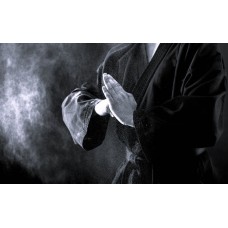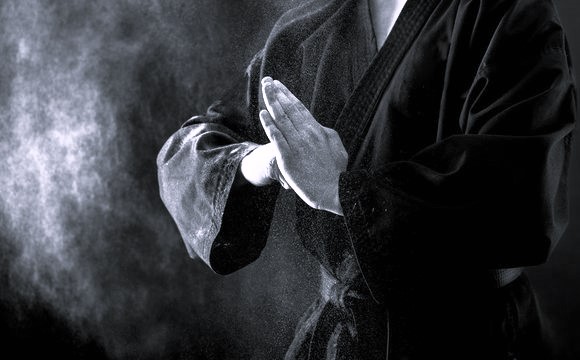Shopping Cart
0 item(s) - $0.00Martial Training with Hit Medicine | 功夫命中藥
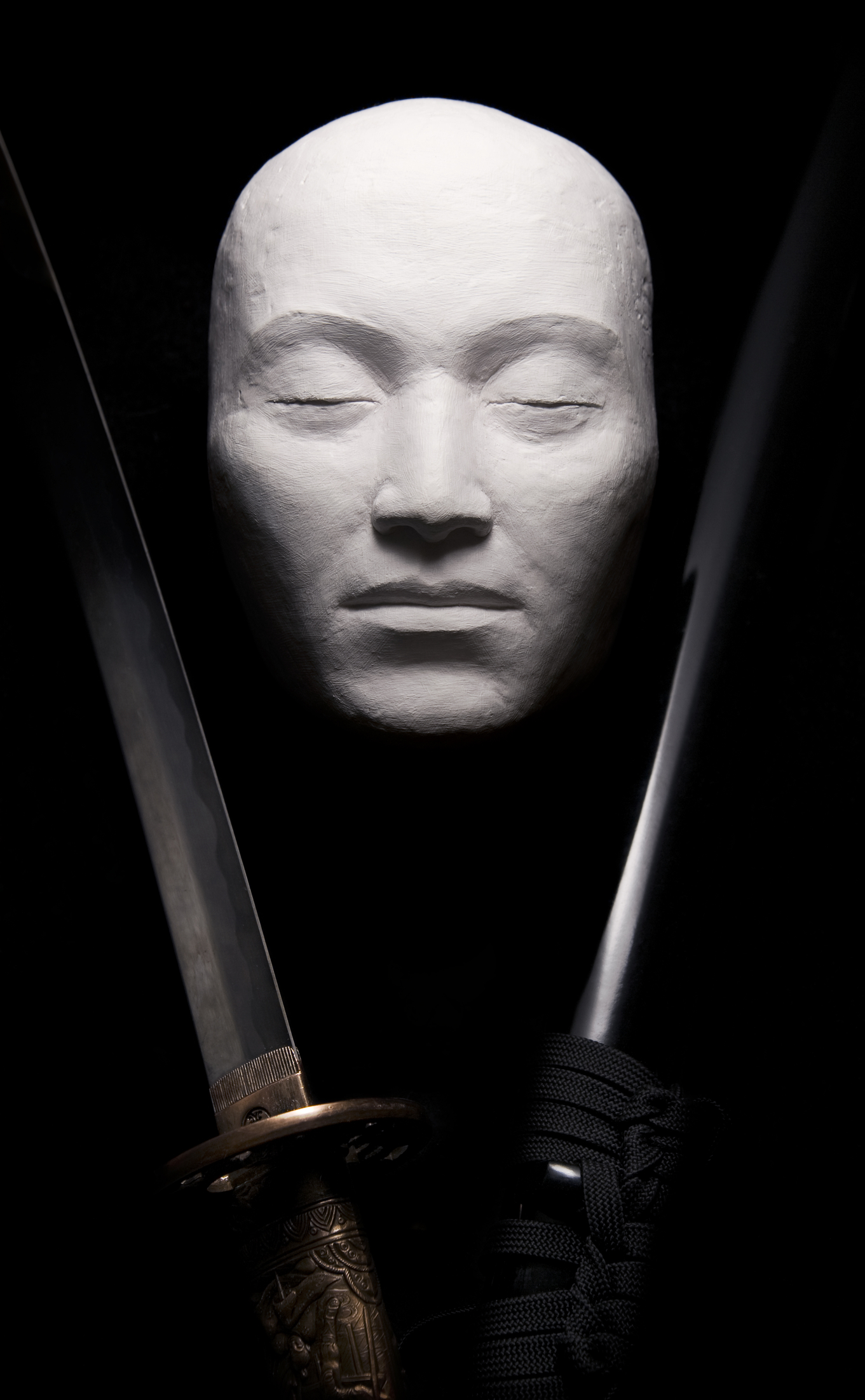
Chinese Herbs and Martial Arts | 功夫命中藥
An Ancient Tradition…
The blind-eye that’s cast on the practice of using herbs as part of training by contemporary martial artists is puzzling when you consider that in generations past, some of martial arts most legendary figures were as renowned for their herbal knowledge as they were for their martial abilities. Unlike our martial ancestors who considered instruction in the use of herbs an important part of advanced training, most contemporary martial arts instructors either marginalize or totally dismiss the importance of teaching the traditional Healing Art, and as a consequence, the great majority of contemporary martial artists — through no fault of their own — lack basic herbal skills. Here at seaofchi.com, an important part of our effort to provide excellent service as well as offering the best products of all the different Chinese Herbal Martial Arts resources on the internet is our endeavor to introduce contemporary martial artists to the centuries–old tradition through teaching and sharing information. Our ultimate goal is to encourage the reinstatement of the ancient Healing Art as part of training and assist contemporary martial artists in developing some of the basic herbal skills that our predecessors considered an essential part of their training.
Injury Management: No pain… No gain…
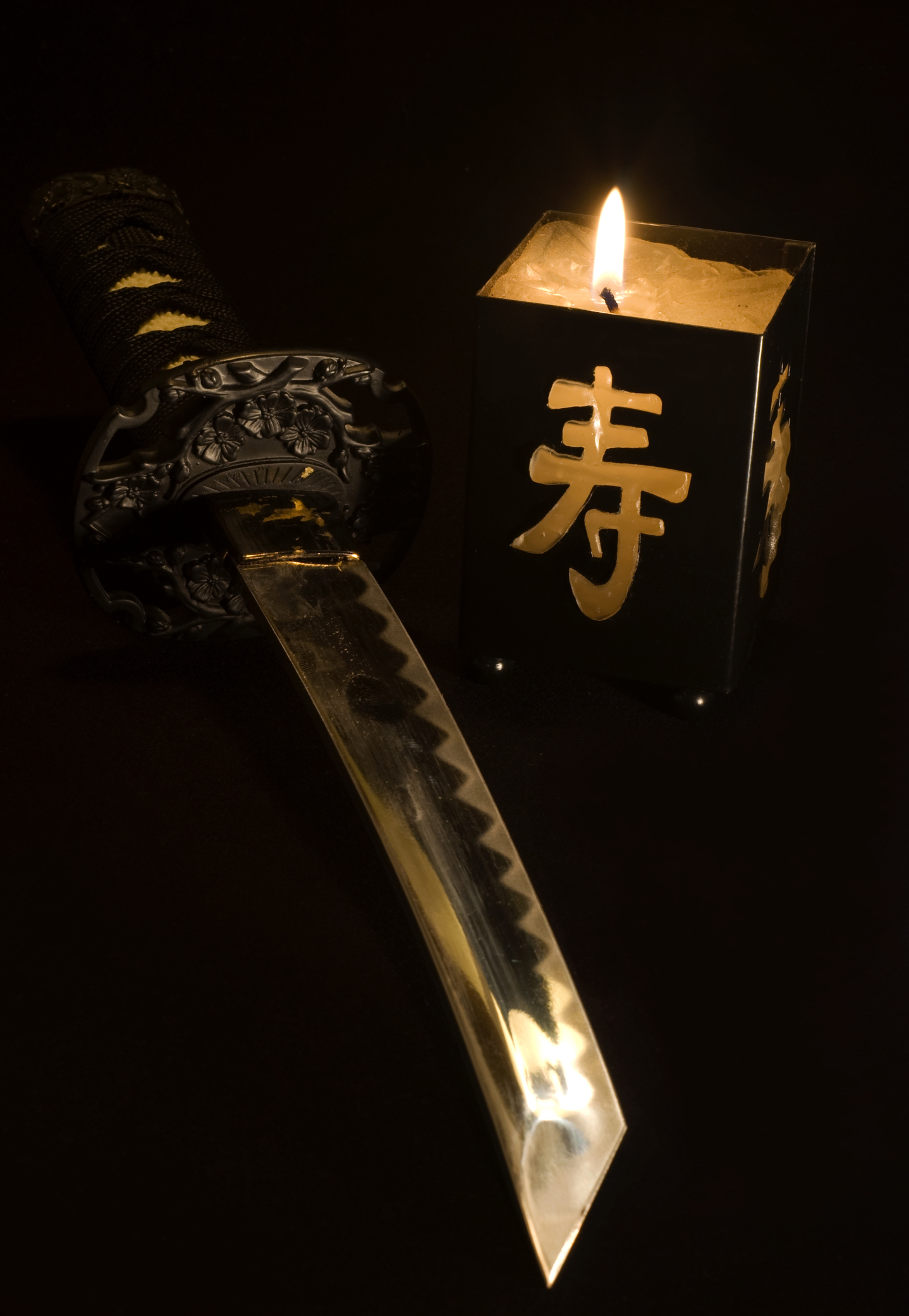
Throughout the history of the Asian martial arts a common practice shared by both Karate and Kung Fu practitioners has been their use of herbal medicine for treating injuries. This empirical medical practice that was developed over the course of many centuries through the often painful process of trial and error, has roots that can be traced all the way back to the branch of traditional Chinese medicine known as Dit Da Yao. More commonly referred to as “Hit Medicine,” in ancient times these empirical medical procedures painstakingly developed by our martial ancestors, were the primary method of treatment for handling potentially mortal wounds as well as the minor bumps and bruises that were considered an unavoidable consequence of the rigorous daily training required to perfect their art. The transmission of information from master to student in the use of certain medical techniques and herbal prescriptions for treating a wide range of injuries was an integral part of traditional martial arts training practiced by warriors as diverse as Shaolin monks, Okinawa Te Masters and Samurai Warriors. With few options for earning their keep other than through mercenary activities, prizefighting and teaching their art, for our martial ancestors the struggle to maintain basic food and shelter was a constant concern. A secondary concern to this central issue was the need to remain physically fit and avoid injuries. Facing the possible loss of income compounded by concerns over the possibility of retribution from enemies made the speedy resolution of any physical disabilities a matter of grave concern. The list of possible injuries included everything from serious combat wounds like cuts and incisions from bladed weapons, blunt force trauma that were a result of empty hand-strikes and strikes from solid objects, to minor injuries such as muscle constriction and strained ligaments and tendons. It was primarily the need to manage these occupational hazards that motivated martial artists to develop skills in Osteopathy (bone setting), Traumatology (stop bleeding and restore the pulse) and Herbology. We offer a number of herbal formulas for treating injuries common to the practice of martial arts that have been used for thousands of years based on their proven ability to shorten healing time for most injuries, and perhaps more importantly, avoid the possibility of long range side-effects.
Herbal Formulas used for Treating Injuries
We will now present formulas used to stop bleeding, to heal broken and fractured bones, to heal strained and torn ligaments, to treat blunt force trauma, heal hand injuries, herbal formulas used in oils, liniments, and salves, herbal massage oils, and herbs that will restore consciousness after a knockout, as well as a Tieh Ta Ke First Aid Kit.
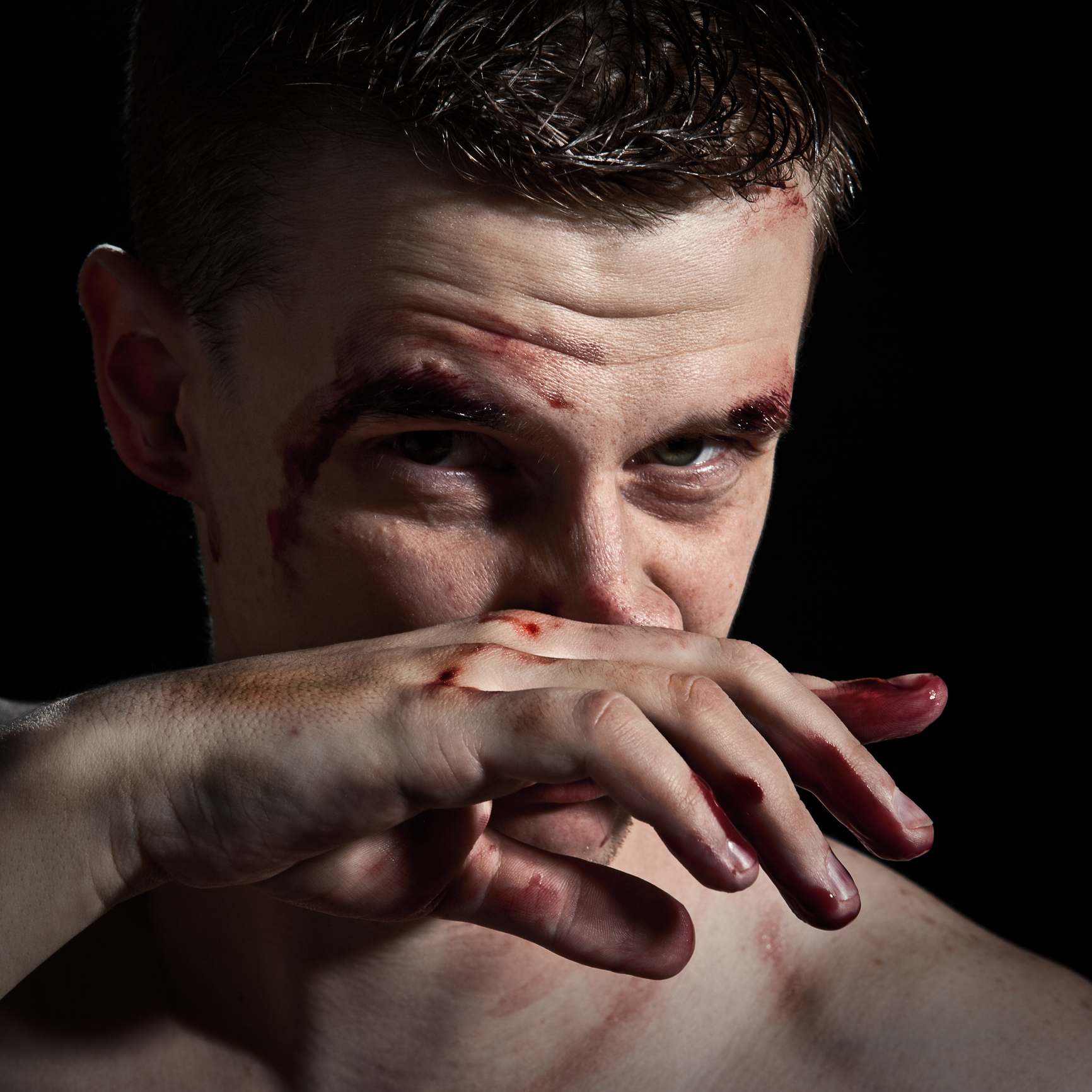
To Stop Bleeding
All combat sports like martial arts boxing, etc. are often referred to as “blood sports” because of the trauma and bleeding that are inherent to them. As odd as it may seem, traditional Chinese trauma medicine primarily uses the same type of formula (blood formulas) for treating life-threatening stab wounds and incisions as well as minor cuts and nose bleeding. These blood arresting formulas contain ingredients that coagulate the blood and stop bleeding. Some of these hemostatic prescriptions also contain herbs with anti-biotic agents that prevent infections when dirt or bacteria has gotten into an open wound. The following Stop Bleeding Formulas are sold on this website, click the below link(s) for more information or to purchase.
- Shaolin Wan Nang Zhi San Tang
- Shih Chuan Xia Xue Tang
- Shi Zhu Xue Tang
- Tian Chi Ginseng/San Qi
- Yunnan Bai Yao Pills
To Heal Broken Bones
When treating broken bones the following formulas are standard prescriptions that are frequently used in Hit Medicine: Jie Gu Tang, Gu Zhe Tang, Cheung Gu Wan, and Chin Koo Tieh Shang Wan. A common feature of these highly regarded traumatic injury formulas is their ability to reduce pain and accelerate healing, which will reduce the amount of training time that is lost. Although the four formulas are somewhat similar, each has its own peculiarity which we will briefly describe. The following Heal Broken Bones Formulas are sold on this website, click the below link(s) for more information or to purchase.
To Heal Blunt Force Trauma
Blunt force trauma is usually caused by strikes from fists and solid objects causing symptoms of soreness and bruising with body ache and (subcutaneous) bleeding under the skin commonly described as “black and blue;” blunt force trauma can be treated with formulas listed below. The following Formulas that Heal Blunt Force Trauma are sold on this website, click the below link(s) for more information or to purchase.:
- Die Da Wan in Pills or Raw Form
- Jiu Long Wan
- Lin Jiu Hu Dan
- Shaolin Prescription for the Treatment of Bruising and Swelling Due to External Injury
To Heal Hand Injuries
Injuries to the hands that are a result of faulty hand-conditioning and/or iron palm training are often treated with the following prescription:
Shaolin Die Da Shen Liang Fan (aka: Tiger Exits the Forest Dit Da Jow)
Herbal Liniments / Dit Da Jows: What are Liniments?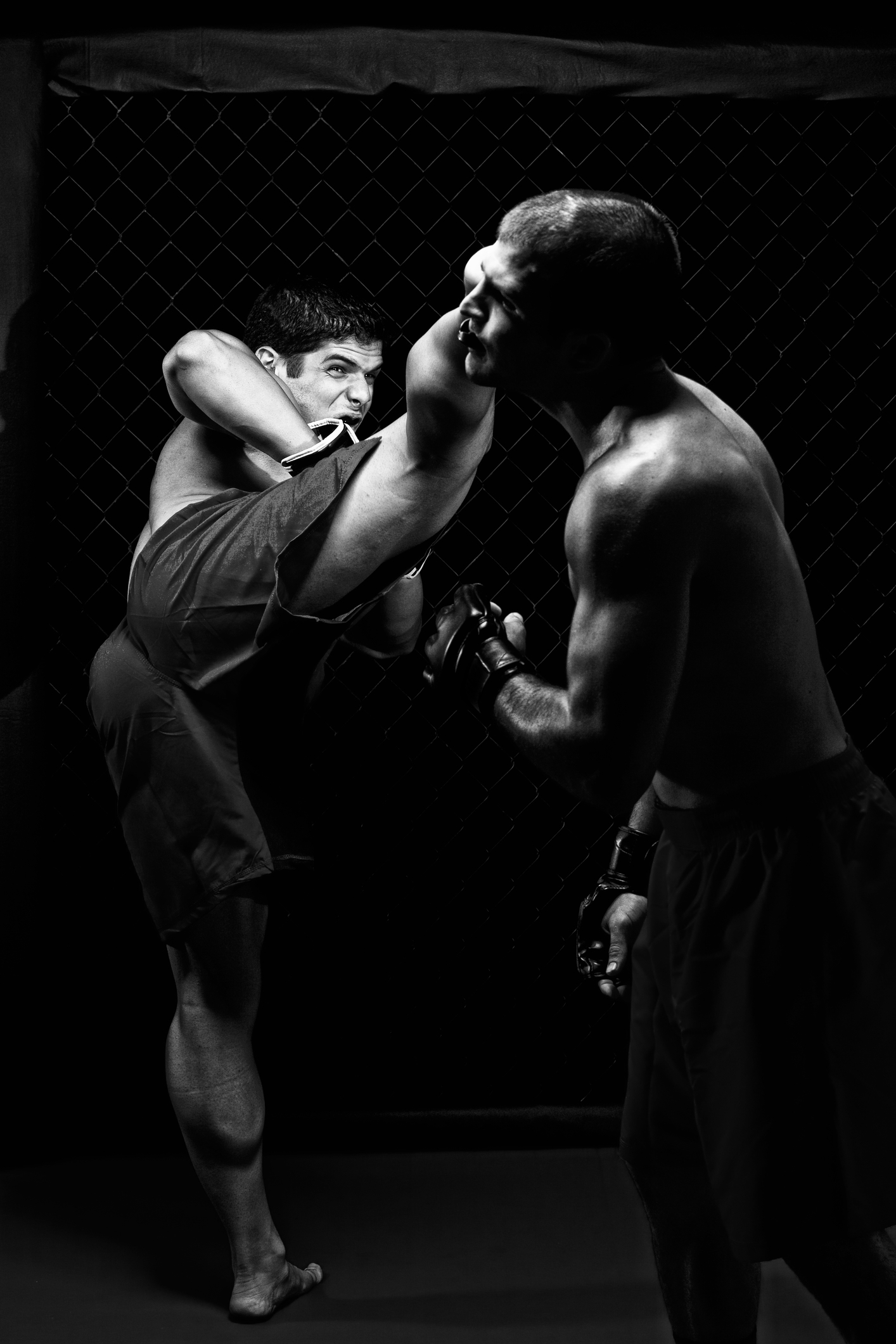
Herbal liniments are topical medicine that is used for treating soft tissue injuries. These liquid embrocation’s as they are often referred to, are used for treating sprains, muscle pulls, bruising, dislocations hairline fractures, bone breaks, muscle constriction, contusion and torn and/or strained ligaments and tendons with accompanying inflammation and swelling.Also referred to as ointment, in martial arts liniments are loosely referred to as Dit Da Jow, a Chinese term whose literal English translation is “Hit Medicine.” Typically liniments or Dit Da Jow recipes will contain anywhere from 10 to as many as 40 ingredients. It should not be assumed however, that the number of ingredients determines the efficacy of one formula over another.Generally speaking, herbal liniments are considered either hot or cold, based on their energetic properties. Normally, the cold variety is used for treating acute injuries, while the hot variety is usually appropriate for chronic recurring injuries and certain training regimens.
There are four different types of liniments, and as one might expect, each has its own therapeutic effect. The four types are:
- alcohol-based liniments
- oil-based liniments
- vinegar-based liniments
- water-based liniments
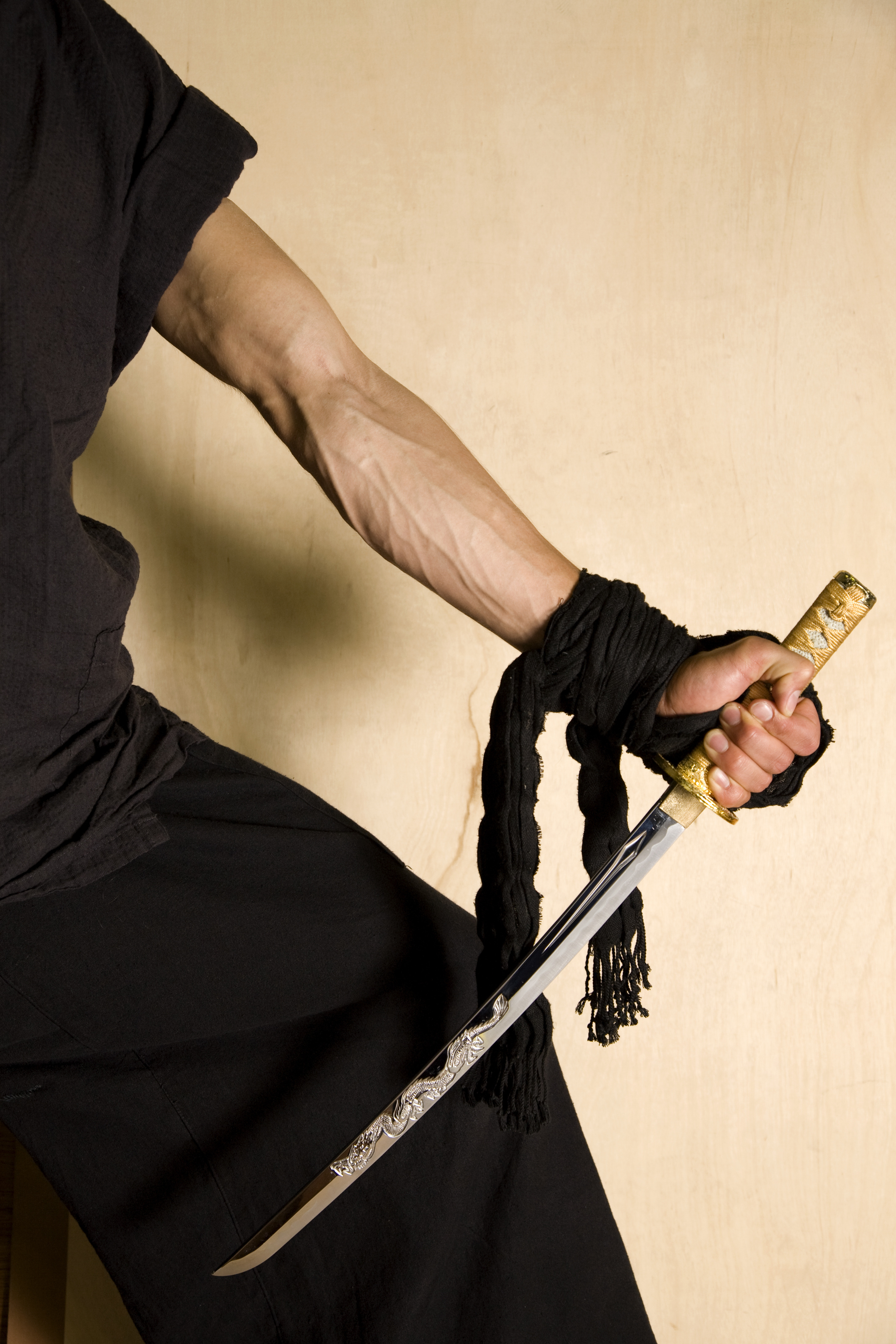
Of the different types, alcohol-based liniments are the most preferred by martial artists because of alcohol’s speedy penetration and evaporation. Also, herbs soaked in wine or one of the other spirits produce a higher concentration of the essence of the herbs due to alcohol’s abilities as an extractive solvent. In contrast, oil-based liniments penetrate slower when compared to alcohol-based jows. Water-based liniments are known to have the poorest penetration, which can be somewhat offset by warming them prior to use. Last but not least, vinegar-based liniments are excellent for reducing swelling and inflammation with their downside being (some traditional Chinese Herbalists insist) that prolonged use makes the bones brittle, therefore they are usually not recommended for sustained training such as Hand Conditioning and Iron Palm. There are many commercial preparations available using the generic title Dit Da Jow. Unfortunately, there is no way of determining the quality of the ingredients used, or whether or not strict traditional guidelines for aging handling and storing were followed during their preparation.Generally speaking, commercial formulas are dilute and their effects are mild compared to the powerful effects experienced when formulas are prepared with high quality raw herbs that have been properly aged. It is no secret that some liniments associated with particular Kung Fu or Karate schools are so highly valued that the recipe for making them is only divulged to those who are well-established devotees of a given style or system. Fortunately, there are a number of highly touted formulas that have been used for centuries, whose ingredients are well known and whose efficacy is well proven. Examples of commercial prepared liniments are:
- Tieh Ta Yao Gin
- Zheng Gu Shui
Although the liniments listed above are representative of some of the more popular commercial brands, discerning users may want to consider purchasing raw herbal ingredients and preparing their own liniments by aging one of the following formulas in 80 proof spirits such as vodka or rice wine (not ethanol). When good quality herbs are used that are allowed to age for 1-3 years or longer, the resulting brew (usually 1+ gallon) is of a medicinal quality far superior to commercial liniments.Even though the thought of waiting a year or longer during the aging process can challenge one’s patience, the curative ability of the resulting dit da jow is well worth the time and effort.
A few examples of excellent jows are:
- Cao Chong’s Liniment
- 19 Ingredients All-Purpose Liniment
- Shaolin Die Da Shen Liang Fan
- Shaolin Wu Xiang Jow
- Shaolin Zhan Jin Dan
The five liniments listed above are all very old and highly regarded recipes that can be prepared by simply putting them into a gallon or more of alcohol and storing them in a cool semi-dark environment devoid of sunlight for a year or longer. The longer they are aged or “cured” the more potent they become!
Examples of commercially prepared liniments are:
Even though some of the following jows (liniment) will require waiting a year or longer during the aging process, the curative ability of the resulting dit da jow is well worth the time and effort. The best examples of excellent raw herb jows are below.
19 Ingredients All-Purpose Liniment
Shaolin Die Da Shen Liang Fan (Jow)
Heal Strained & Torn Ligaments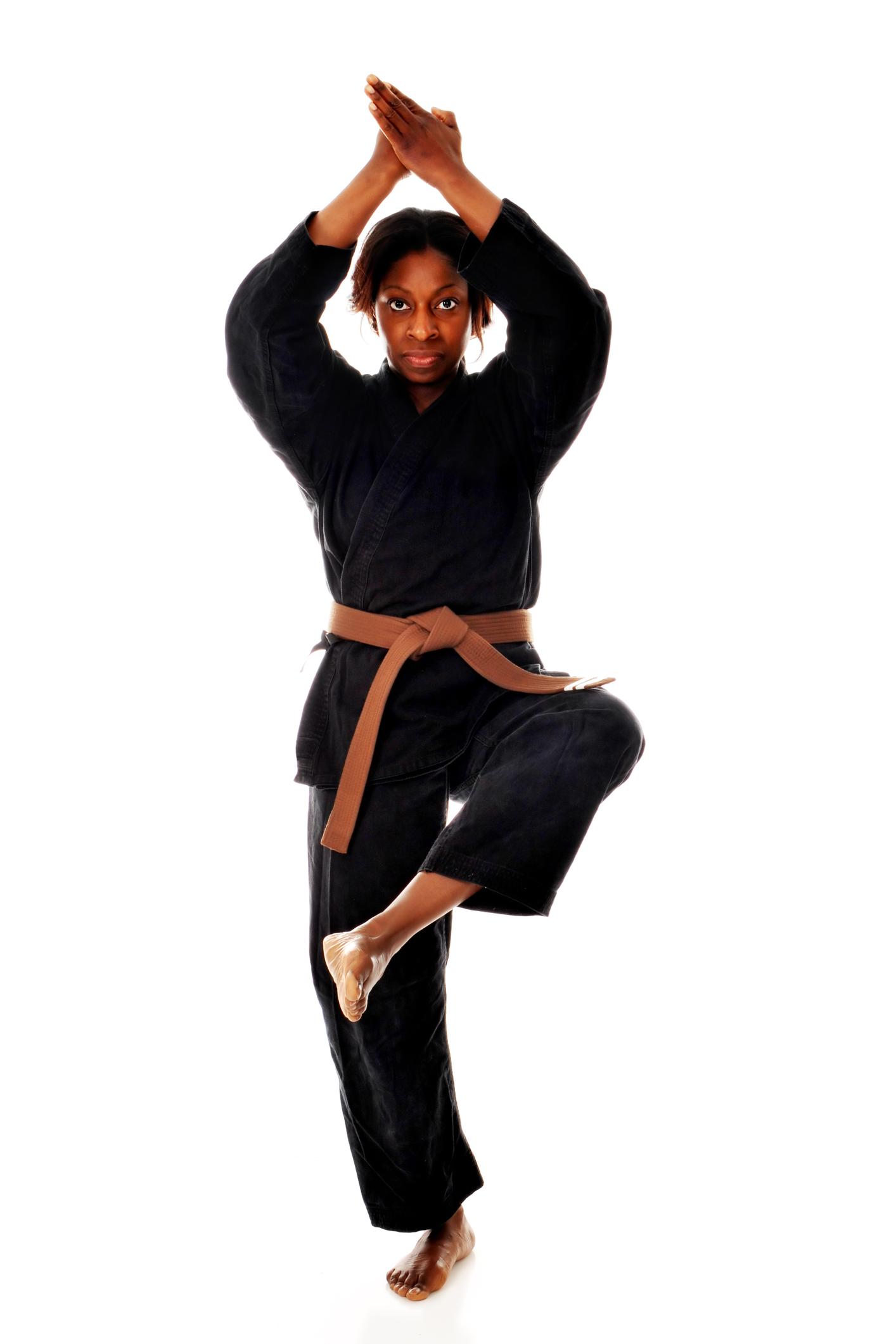
A high number of martial arts injuries involve sprained, strained, pulled, twisted, or torn ligaments/ tendons. In an attempt to avoid injury we highly recommend that you consider increasing the amount of stretching-time prior to working out, to strengthen and develop the supportive structures – ligaments and tendons – to avoid strained and torn ligaments. However, once an injury has occurred we offer you several herbal supplements that can be used internally to heal as well as to develop and strengthen the ligament and tendon. The following Formulas That Heal Strained and Torn Ligaments are sold on this website, click the below link(s) for more information or to purchase.
Shaolin Shuang Jin Xue Gu Dan Tang
Massage Oils, Balms & Salves
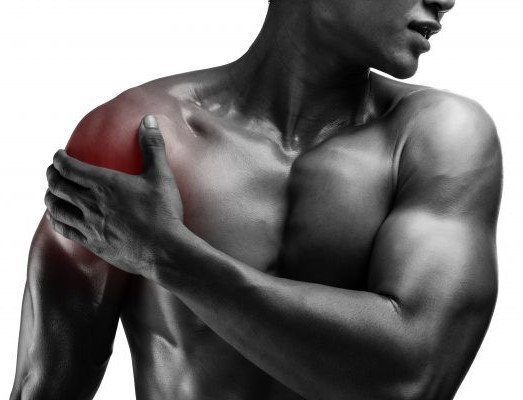
Although the power of massage is sometimes underestimated, it has always been an important therapeutic adjunct to traditional martial arts training. Beyond its role as a primary rehabilitative technique for treating injuries, massage has always been highly valued by martial artists and athletes for its ability to minimize the occurrence of injuries as well as significantly reduce pain and suffering.
Some of its more familiar benefits are:
- improved circulation of both blood and Chi
- relaxation of constricted or sore muscles and sinews (ligaments and tendons)
- improved transportation of synovial fluids
The personification of the fraternal warrior spirit is demonstrated by the traditional practice of assisted stretching between training partners at the beginning of a training session -- followed by the regular exchange of massage (each training partner massaging the other) at the end of the training session. It was also a common practice for students to massage the master (Sifu or Sensei). This therapeutic protocol was considered an important part of training for preventing injuries and improving flexibility. Out of this tradition certain therapeutic massage oils have become well known and enjoyed continuous use over the centuries based on their proven effectiveness.
How to Effectively Use These Oils
Massage the oil into the affected area or over the body, allowing it to penetrate. After completing the massage wrap the body with a hot towel to keep the area warm and allow the oil to fully penetrate for approx. 30 minutes. In cases of injuries to muscles and tendons, this procedure can be repeated up to four times daily. Do not apply oil to open wounds.
The most effective Massage Oils, Balms & Salves are:
Wong To Yick Brand of Woodlock
Restore Consciousness after Knockout
One of the most serious injuries that can occur during martial arts training is the knockout. In most cases the loss of consciousness is a result of blunt force trauma to the head, hyper-ventilation and exhaustion, or uncontrolled strangulation technique. In “Hit Medicine” there are two formulas that are standard prescriptions that are used to “arouse the spirit and restore the pulse,” which is traditional Chinese medicine’s way of saying to restore consciousness. These two formulas are:
Training Formulas
Training Formulas are prescriptions used to increase the vital energy (Chi)
Little does it matter whether it’s called Ki, Chi, Qi, or Prana; they all refer to the vital energy that flows through our bodies. It’s the concept of cultivating, replenishing, and circulating this universal life-force that is at the root of all of the different forms of martial arts. In traditional Chinese medicine and the Healing Arts prescriptions that are used to increase the vital energy (Chi) are called Chi Tonics. A question that we’re often asked by people in general and especially martial artists when they’re first introduced to Chinese Herbology is what exactly are Chi Tonics? The simplest way to answer this frequently asked question is by explaining what Chi Tonics do.Chi Tonics are herbal formulas that are well known for their extensive use in some of the most highly regarded Taoist Longevity prescriptions and Martial Arts Training formulas because they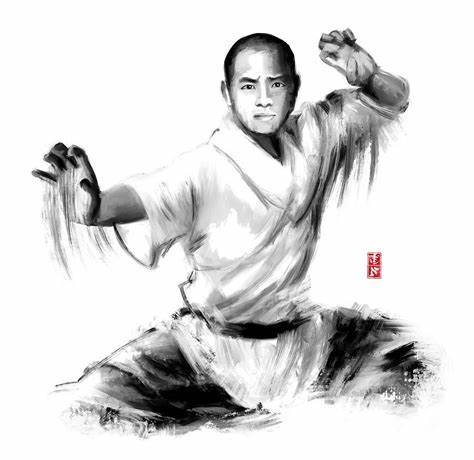 increase strength and vitality and extend endurance. They have always been popular among martial artists because of their proven ability to enhance training by increasing the vital essence (hormone production).The increase in testosterone production that is attributed to their use invigorates the body and increases energy levels. In addition to promoting strength and endurance, these herbal potions are also well known for their ability to increase sexual vitality and strengthen over all sexual functioning. Among Taoists, Chi Tonics are considered to be supreme elixirs because of their contribution to life extension, martial performance and the art of the bedchamber. In addition to improving power and endurance the increase in sexual energy that occurs when Chi Tonics are consumed on a regular basis over a prolonged period of time is a residual benefit that provides martial artists with the raw material that is needed to perform the internal method commonly referred to as “Circulating the Chi.” Although decocting Chi Tonic formulas (which is another term for making them into tea) is not unheard of, traditionally the preferred method of preparation has always been medicinal wine. The primary reason for this is that the stimulating nature of the herbal ingredients is reinforced by alcohol. Chi Tonic formulas can consist of a single ingredient or as many as 50 different herbs. The norm, however, is in the range of 1-15. Chi Tonics can also be more costly when compared to other herbal formulas. This is due to their inclusion of some of the precious Zoological ingredients which generally speaking are more expensive than Botanical substances. Normally, the cost of a formula is influenced by three things: the quality of the herbs used to prepare the formula, whether or not the formula contains Zoological substances, and the number of ingredients in the formula.While it is difficult to imagine that any martial artist who conforms to traditional guidelines and uses high quality ingredients would not experience measurable benefits to their energy level and over-all vitality, there are several key points that should be taken into account by anyone considering using these herbal nutrients in order to obtain maximum results:
increase strength and vitality and extend endurance. They have always been popular among martial artists because of their proven ability to enhance training by increasing the vital essence (hormone production).The increase in testosterone production that is attributed to their use invigorates the body and increases energy levels. In addition to promoting strength and endurance, these herbal potions are also well known for their ability to increase sexual vitality and strengthen over all sexual functioning. Among Taoists, Chi Tonics are considered to be supreme elixirs because of their contribution to life extension, martial performance and the art of the bedchamber. In addition to improving power and endurance the increase in sexual energy that occurs when Chi Tonics are consumed on a regular basis over a prolonged period of time is a residual benefit that provides martial artists with the raw material that is needed to perform the internal method commonly referred to as “Circulating the Chi.” Although decocting Chi Tonic formulas (which is another term for making them into tea) is not unheard of, traditionally the preferred method of preparation has always been medicinal wine. The primary reason for this is that the stimulating nature of the herbal ingredients is reinforced by alcohol. Chi Tonic formulas can consist of a single ingredient or as many as 50 different herbs. The norm, however, is in the range of 1-15. Chi Tonics can also be more costly when compared to other herbal formulas. This is due to their inclusion of some of the precious Zoological ingredients which generally speaking are more expensive than Botanical substances. Normally, the cost of a formula is influenced by three things: the quality of the herbs used to prepare the formula, whether or not the formula contains Zoological substances, and the number of ingredients in the formula.While it is difficult to imagine that any martial artist who conforms to traditional guidelines and uses high quality ingredients would not experience measurable benefits to their energy level and over-all vitality, there are several key points that should be taken into account by anyone considering using these herbal nutrients in order to obtain maximum results:
Similar to losing weight, body building, or any other process that improve one’s physical condition, Chi Tonics require use over an extended period of time in order to fully realize their systemic invigorating effects. While 90 days is the minimal amount of time recommended to allow the herbs to get into the user’s system and produce some of the physical changes that are attributed to their use, it might be interesting to note that among devout Taoists, who were some of the earliest practitioners of Kung Fu, the use of Chi Tonics on a regular basis was a life-long health practice.
- While they can be taken after eating, herbal Chi Tonics are best taken on an empty stomach, which allows the herbs to be quickly absorbed and assimilated by the body.
- Finally, a word of caution. Chi Tonics should never be taken when you’re suffering from a cold or flu because you run the risk of driving the virus deeper into the body.
Our most popular Chi Tonics are:
Shih Quan Da Bu/Tai Chi Tea Tang & Pills
(Shaolin)Tiger Fighting Elixir
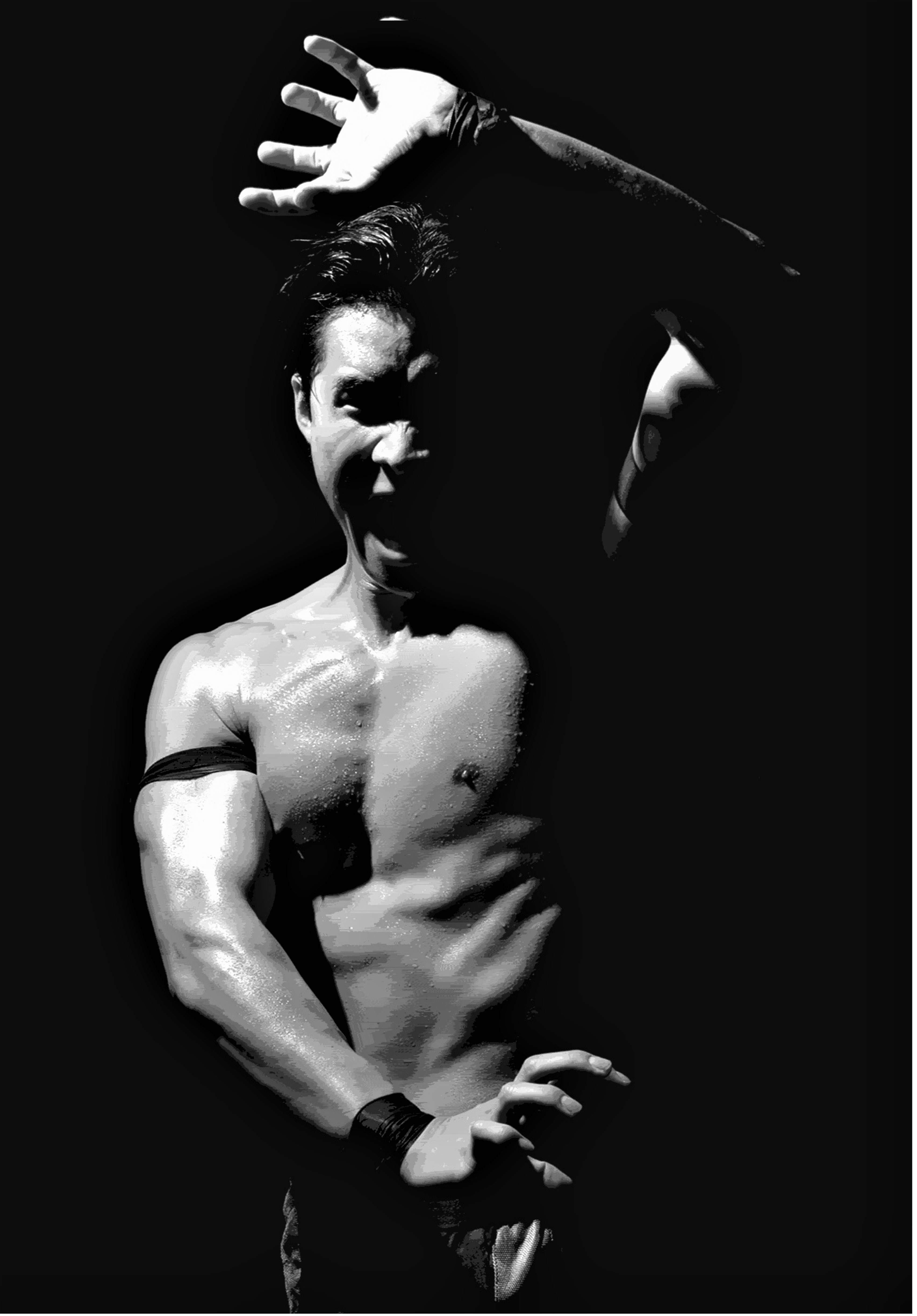
Training Wine that Strengthen & Increase Stamina
Well known for their ability to strengthen the body and increase stamina, the following formulas must be prepared traditionally in the Jiu method (made into a medicinal wine by adding alcohol to the herbs and aging the brew for 90-365 days). It is recommended that these formulas are used over extended periods of time to experience the desired effects. The following Training Wine Formulas are sold on this website, click the below link(s) for more information or to purchase.
Important information regarding Herb Quality in the use of the Hu Gu Ren Shen and Lu Rong Ren Shen Prescriptions
In regard to “herb quality” in the Hu Gu Ren Shen and Lu Rong Ren Shen Prescriptions. The quality of the herbal ingredients that are used to prepare these 2 formulas is of the utmost impor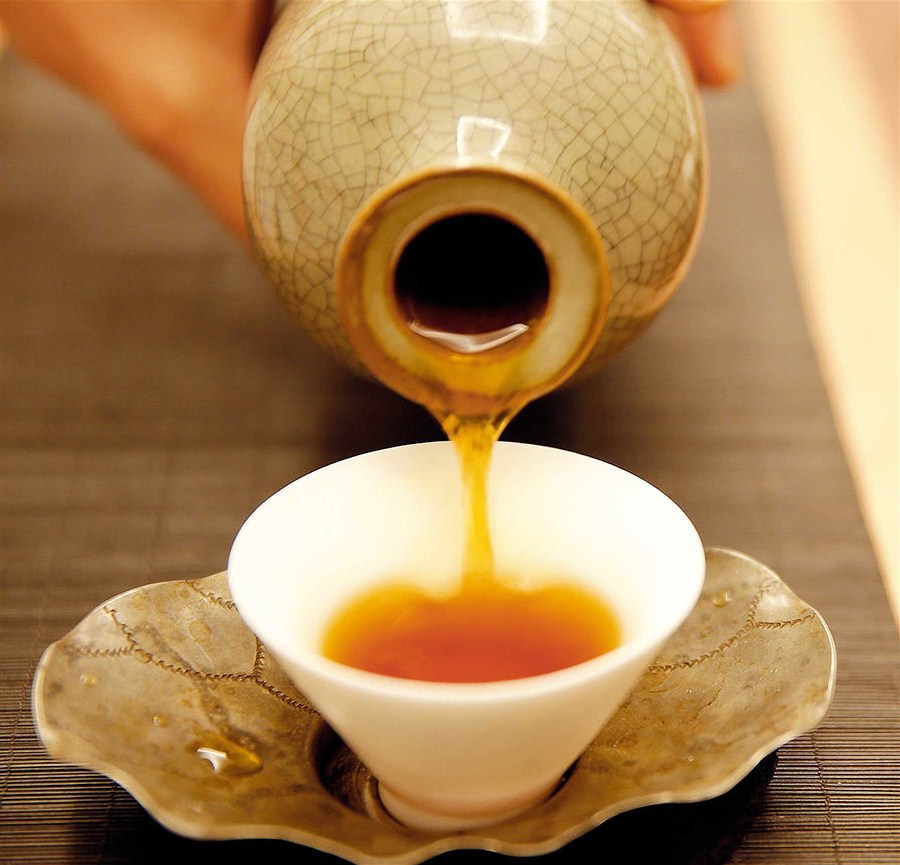 tance, there is a strong correlation between the effects that are experienced and the quality of the herbs that are used. Although there will be noticeable effects when herbs of average quality are used, optimal results that are significantly more powerful will be experienced when the highest grade of ginseng and deer antler are used in the preparation of these two potent elixirs.That is why we prefer using deer antler that is harvested during the rutting or mating season when the hormones are at peak levels with the maximum amount of blood in the cartilage, and combining it with the highest quality heaven’s grade Korean ginseng. The resulting Jiu is no less than incredible! When filling orders for these prescriptions we use an average-grade of ingredients in an attempt to keep the cost down and make them more affordable to a greater number of consumers. However, anyone who wants to purchase the “Imperial” version that contains the highest quality herbs, both versions are available. The following powerful Training Formulas, which are selectable by high quality vs. standard quality are sold on this website, click the below link(s) for more information or to purchase.
tance, there is a strong correlation between the effects that are experienced and the quality of the herbs that are used. Although there will be noticeable effects when herbs of average quality are used, optimal results that are significantly more powerful will be experienced when the highest grade of ginseng and deer antler are used in the preparation of these two potent elixirs.That is why we prefer using deer antler that is harvested during the rutting or mating season when the hormones are at peak levels with the maximum amount of blood in the cartilage, and combining it with the highest quality heaven’s grade Korean ginseng. The resulting Jiu is no less than incredible! When filling orders for these prescriptions we use an average-grade of ingredients in an attempt to keep the cost down and make them more affordable to a greater number of consumers. However, anyone who wants to purchase the “Imperial” version that contains the highest quality herbs, both versions are available. The following powerful Training Formulas, which are selectable by high quality vs. standard quality are sold on this website, click the below link(s) for more information or to purchase.
Increase Flexibility
No matter what style they practice most martial artists would agree that making the body flexible, limber, and supple, enabling them to stretch with ease, is one of their greatest assets. The importance of becoming both strong and limber is exemplified in the well-known physiological equation (F x S = P) flexibility times speed equals power. Throughout the age’s martial artists have used Jin Gu Jia Wan to improve flexibility, minimize injuries, and increase the height, speed and power of one’s kicks. It will replenish the synovial fluids that lubricate the joints, nourish the ligaments and tendons, and facilitate the smooth flow of vital energy (Chi) to the lower extremities. The following Flexibility Formula is sold on this website, click the below link for more information or to purchase.
Iro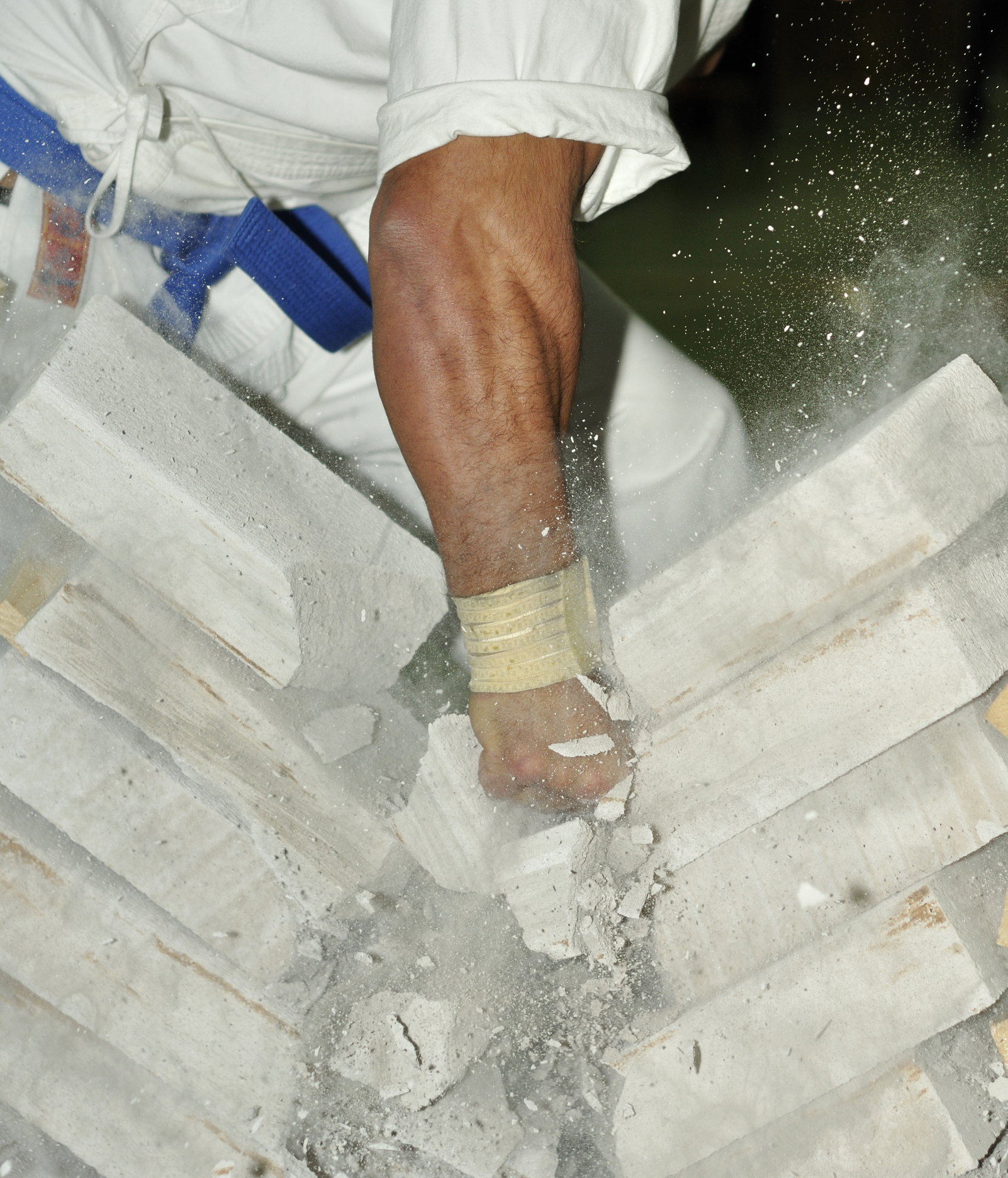 n Palm Jows
n Palm Jows
Iron Fist 101—Most martial artists would agree that no matter which style of martial arts you practice techniques like locks, levers, joint dislocation along with a few sweeps and throws and your basic front, side and round kick should all be part of your offensive arsenal. Attention should also be given to developing one’s striking ability because no matter which technique is applied in a given situation, these basic offensive mechanisms are often initiated by a preemptive strike with a clenched fist.The frequency that striking is used as the primary offensive tool to penetrate an opponent’s defense and set-up techniques like those previously described is not surprising when you consider that when the hands (knuckles) are hardened through conditioning, they are a formidable weapon capable of inflicting serious damage to all parts of the body. The predominant use of the hands for striking in the vast array of boxing styles that make up the martial arts underscores the need for conditioning these most often used frequently injured appendages. Needless to say, a technique’s brilliance in terms of its form execution and application is of little value if the striking appendages are incapable of withstanding the force generated at the point of impact. In fact, the argument could be made that anyone who strikes with a reasonable amount of force with hands that have not been properly conditioned are almost guaranteed that the result will be serious injury! (examples: hand deformity, nerve damage, fractures & bone breaks, or arthritis). An integral part of the hand and body conditioning tradition that can be traced back thousands of years known as “Small Golden Bell,” the use of Chinese herbal dit da jow has always been an important part of the hand conditioning process for most traditional styles of Karate and Kung Fu. This preventive therapy has always been a critical part of the process in order to minimize the possibility of injuring one self as well as suffering long range negative side-effects such as arthritis, nerve damage and paralysis that can be a result of repetitive striking.
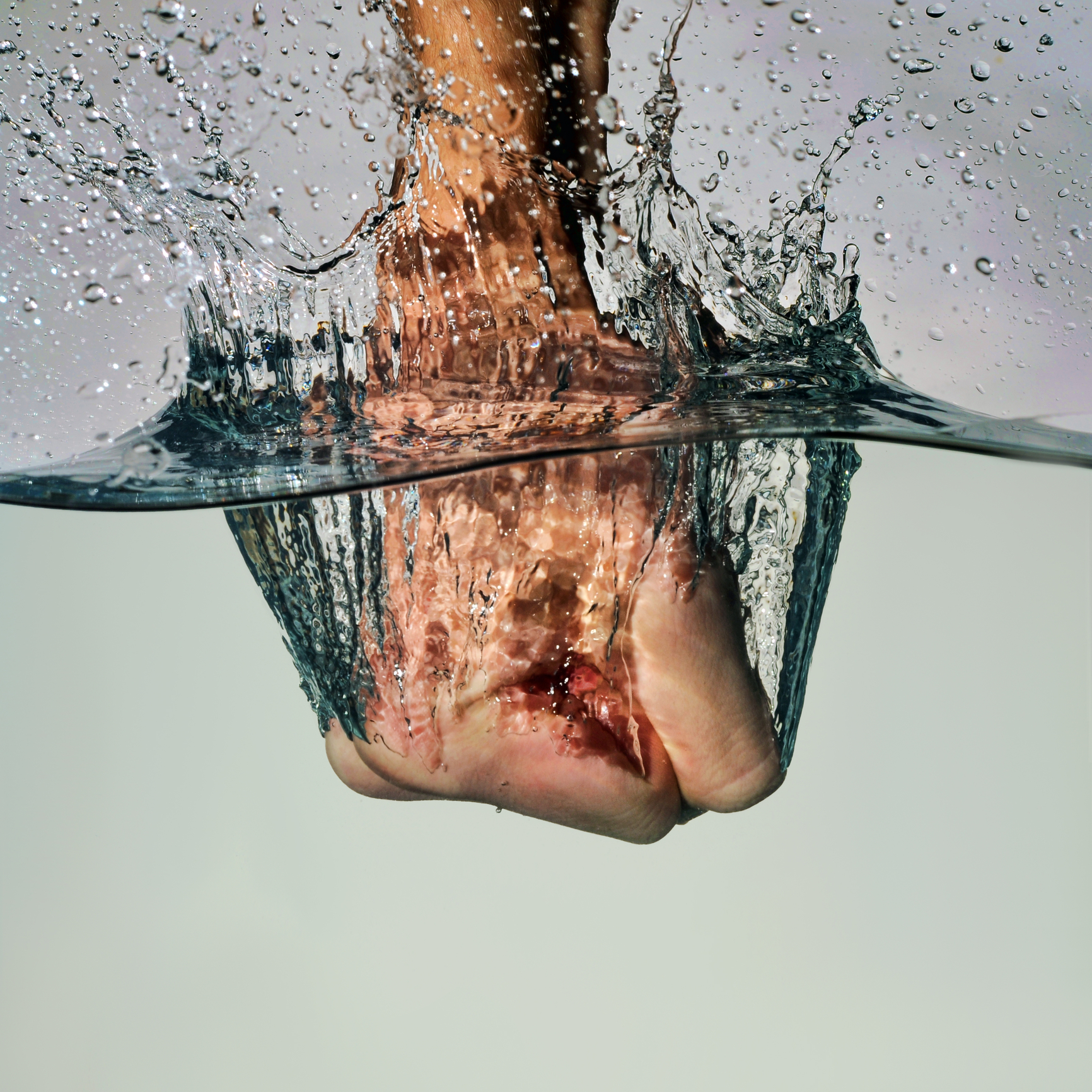 A gradual controlled process… prior to beginning a hand conditioning regimen there have always been basic concepts that need to be considered. Within these principles there are several points that cannot be over emphasized. First and foremost, the student is advised to use herbal medicine (dit da jow) to repair the residual damage associated with all of the different forms of hand conditioning in order to avoid any permanent harm. Secondly, the novice is told to exercise prudence in the amount of training that is undertaken. And lastly, the student is reminded to never forget the wisdom in proceeding slowly. The herbal prescriptions that are used to counteract the process’s inherent negative side-effects contain ingredients that toughen the skin, harden the bones, and prevent blood clots and bruising. Traditionally the dit da jow, which was provided by the Sensei or Sifu, came in two basic forms. There were those containing herbs that relax the ligaments and tendons, toughen the skin and prevent blood clots and bruising that were used in the beginning and intermediate stages of development (known as the Yang external stage), and a separate formula containing herbs that gather the Chi and harden and strengthen bones that was used in the final phase of conditioning (known as the Yin internal stage).In recent years, a practice that has grown in popularity is the practice of combining the two different types of formulas into one. As you can imagine when this is done the single formula that is created usually contains a large number of ingredients, two dozen or more is not uncommon.Developing the iron fist, which is primarily done by striking the Makiwara board, focuses on the knuckles, fore fist (the side of the fist opposite the thumb) and knife hand. Training which is pretty basic, involves striking the wooden Makiwara board as many times as possible with maximum force without sustaining injury. As training progresses, the number of repetitions and the amount of force that is used should gradually be increased over a period of months and years. With persistent practice power should come naturally. The over use of muscular force which is counterproductive to internal conditioning and makes injury much more likely, should be avoided. Striking ability or power will come as a result of learning to relax in order to train your internal structure, direct your flow of Chi and by increasing focus and speed. Daily training should include the use of herbal liniments (dit da jow) before during and at the end of the training session. Supplemental training usually involves doing “pushups” on the knuckles and striking into a bucket filled with sand to toughen the skin.One of the most well-known proponents of this method of training was the legendary Mas Oyama founder of Kyokushin, who is best known for his ability to knock out a charging bull with a single blow to the head. Master Oyama, who trained exclusively on the Makiwara board is said to have had knuckles capable of withstanding a blow from a hammer or other equally hard metal object. If there is a downside to this type of training it is that hands conditioned in this manner undergo a build-up of scar tissue which causes an increase in the size of one’s knuckles as well as a hardening of the bones. Consequently, the physical appearance of hands that have undergone this type of training make it difficult to conceal the fact that you have martial arts training, thus eliminating the element of surprise! Despite this negligible adverse reaction, hand conditioning is still considered an essential part of training for boxers as well as most traditional Japanese, Korean and Chinese styles. We would be remiss if we did not include the warning to those who undertake hand conditioning that the perils associated with hand conditioning are real. However, when prudence is exercised in conjunction with the diligent use of Chinese herbal Hand Conditioning Formulas, the risk of injury and the possibility of suffering the long range side-effects described earlier are dramatically reduced and in most cases avoidable.
A gradual controlled process… prior to beginning a hand conditioning regimen there have always been basic concepts that need to be considered. Within these principles there are several points that cannot be over emphasized. First and foremost, the student is advised to use herbal medicine (dit da jow) to repair the residual damage associated with all of the different forms of hand conditioning in order to avoid any permanent harm. Secondly, the novice is told to exercise prudence in the amount of training that is undertaken. And lastly, the student is reminded to never forget the wisdom in proceeding slowly. The herbal prescriptions that are used to counteract the process’s inherent negative side-effects contain ingredients that toughen the skin, harden the bones, and prevent blood clots and bruising. Traditionally the dit da jow, which was provided by the Sensei or Sifu, came in two basic forms. There were those containing herbs that relax the ligaments and tendons, toughen the skin and prevent blood clots and bruising that were used in the beginning and intermediate stages of development (known as the Yang external stage), and a separate formula containing herbs that gather the Chi and harden and strengthen bones that was used in the final phase of conditioning (known as the Yin internal stage).In recent years, a practice that has grown in popularity is the practice of combining the two different types of formulas into one. As you can imagine when this is done the single formula that is created usually contains a large number of ingredients, two dozen or more is not uncommon.Developing the iron fist, which is primarily done by striking the Makiwara board, focuses on the knuckles, fore fist (the side of the fist opposite the thumb) and knife hand. Training which is pretty basic, involves striking the wooden Makiwara board as many times as possible with maximum force without sustaining injury. As training progresses, the number of repetitions and the amount of force that is used should gradually be increased over a period of months and years. With persistent practice power should come naturally. The over use of muscular force which is counterproductive to internal conditioning and makes injury much more likely, should be avoided. Striking ability or power will come as a result of learning to relax in order to train your internal structure, direct your flow of Chi and by increasing focus and speed. Daily training should include the use of herbal liniments (dit da jow) before during and at the end of the training session. Supplemental training usually involves doing “pushups” on the knuckles and striking into a bucket filled with sand to toughen the skin.One of the most well-known proponents of this method of training was the legendary Mas Oyama founder of Kyokushin, who is best known for his ability to knock out a charging bull with a single blow to the head. Master Oyama, who trained exclusively on the Makiwara board is said to have had knuckles capable of withstanding a blow from a hammer or other equally hard metal object. If there is a downside to this type of training it is that hands conditioned in this manner undergo a build-up of scar tissue which causes an increase in the size of one’s knuckles as well as a hardening of the bones. Consequently, the physical appearance of hands that have undergone this type of training make it difficult to conceal the fact that you have martial arts training, thus eliminating the element of surprise! Despite this negligible adverse reaction, hand conditioning is still considered an essential part of training for boxers as well as most traditional Japanese, Korean and Chinese styles. We would be remiss if we did not include the warning to those who undertake hand conditioning that the perils associated with hand conditioning are real. However, when prudence is exercised in conjunction with the diligent use of Chinese herbal Hand Conditioning Formulas, the risk of injury and the possibility of suffering the long range side-effects described earlier are dramatically reduced and in most cases avoidable.
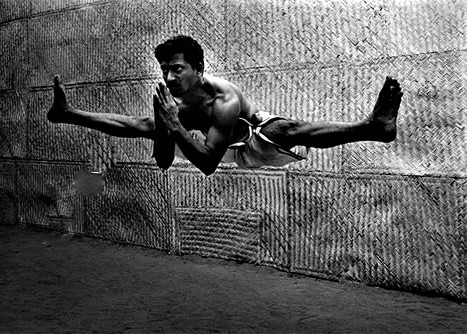
Iron Palm and Dit Da Jows—There is no question that clenched fingers formed into a fist, is the weapon that is most frequently used in unarmed combat. The predominant use of the hands for striking in a variety of Eastern (Karate and Kung Fu) and Western boxing styles underscores the need for conditioning these most often used frequently injured appendages. Traditionally the use of hand-conditioning formulas was considered an essential part of the hand conditioning process in order to prevent injuries, and reduce the possibility of suffering long-range negative side-effects that can result from repetitive striking such as: arthritis in the hands, wrists fingers and joints. Generally speaking most of the prescriptions used for hand conditioning will contain herbs that toughen the skin, harden the bones in the hands, and circulate the blood and the Chi.Whether you practice Iron Palm, Shiwara (breaking technique) or one the generic styles of Karate or Kung Fu; conditioning all of the striking surfaces, especially the hands, has always been considered an integral part of training. At seaofchi.com we offer a variety of dit da jow formulas. Some are specific to a particular style, while others are more general purpose. We also carry hand conditioning formulas originally written on silk in Chinese character dating back many centuries. Our hand-conditioning formulas come in two different forms, ready-to-use (already prepared and aged) or those that you must prepare into a jow. We consider the latter the more economical choice, we supply the herbs and you’ll need to mix the herbs with alcohol and then age the formula. All of our formulas come with complete instructions on how to prepare the jow. For a reasonable fee, we will also fill prescriptions for your favorite dit da jow. If there is a particular raw herb formula that you need the herbal ingredients for, give us the specifications, and we’ll provide the ingredients.Some jows require the ingredients be ground prior to aging, you can do that yourself using a mortar and pestle and coffee grinder. Or if you prefer we can do that for you for a $20.00 powdering fee. If you wish to have a formulas powdered, check the appropriate box in the shopping cart (during check-out).
Our list of hand–conditioning formulas includes the following Dit Da Jow Formulas, click the below link(s) for more information or to purchase.
Bak Fu Pai’s Coconut Break Jow
Frank Yee’s Hung Gar Ku Yu Cheong Jow
Golden Lotus 6th Century Buddhist Jow
Grandmaster Wei’s Eight-Step Praying Mantis Jow
Ho Chun’s Advanced Hand Conditioning Jow
Mew Hing’s Clouds in Heaven Jow
Peter Chan’s Chan Ning Tong Jow
Shaolin Nam Pai Iron Leg Gong Jow
Tit Jeung Dit Da Jow – Hung Gar Style
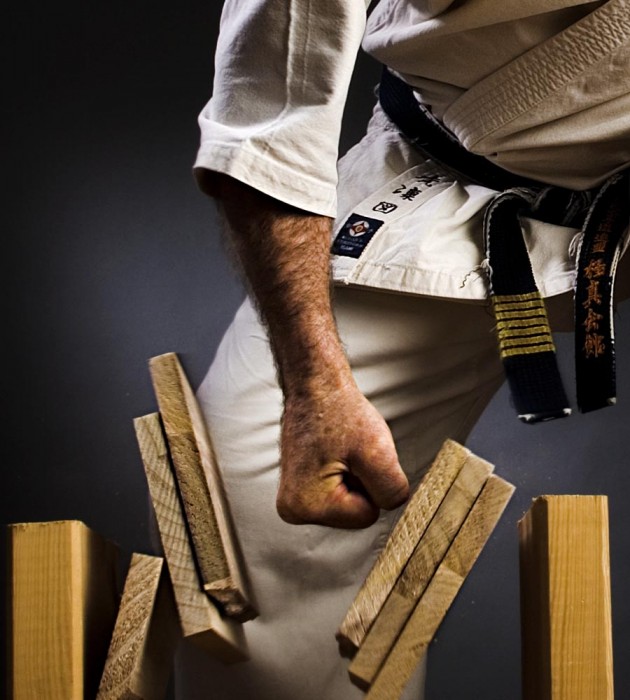 Damian Fedorko says…
Damian Fedorko says…
I have known the Joiners for 15 plus years. They have always taken the time to do the best for me and, for that, I am grateful. They have been the most efficient, courteous, customer-oriented, dedicated folks I have met. (I had the pleasure of meeting in San Francisco during an Iron Palm conference in 2003). They are the same on the phone as they are in person; just great people. Always courteous, always humble, and always helpful with herb knowledge.
Thank you.
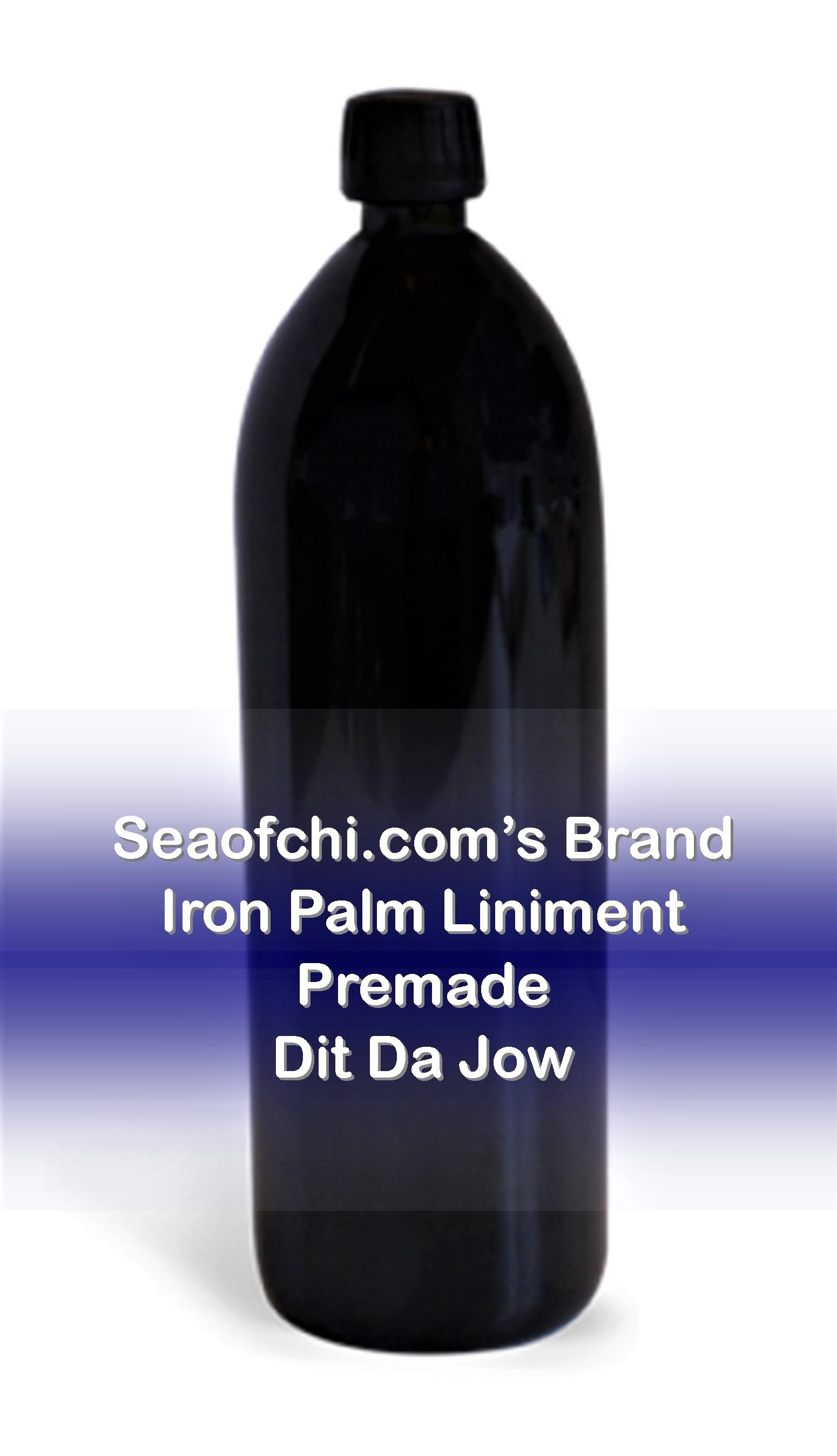 We also have ready-to-use premade dit da jow available, for more information on our premade jows click: premade dit da jows It’s our deep respect for tradition and our martial ancestors that is the reason why seaofchi.com takes such great pride in the list of classical iron palm hand conditioning jows that we offer; some dating back as much as six generations (600 years). However, with all due respect we must say that we are equally proud of our in-house iron palm conditioning elixir which is a combination of 28 ingredients taken from three of the most highly regarded classical prescriptions (Bak Fu Pai’s Coconut Break, White Crane and the 6th century Buddhist jow Golden Lotus which are famous for their ability to harden the bones—the surface as well as the underlying structures). The overwhelming positive feedback that we’ve received from martial artists around the World, who have tried this powerful iron palm medicine that we created by combining these three legendary “Imperial” dit da jows has been extremely gratifying, but quite frankly, it is not the least bit surprising. You’ve tried the rest, now try the best.
We also have ready-to-use premade dit da jow available, for more information on our premade jows click: premade dit da jows It’s our deep respect for tradition and our martial ancestors that is the reason why seaofchi.com takes such great pride in the list of classical iron palm hand conditioning jows that we offer; some dating back as much as six generations (600 years). However, with all due respect we must say that we are equally proud of our in-house iron palm conditioning elixir which is a combination of 28 ingredients taken from three of the most highly regarded classical prescriptions (Bak Fu Pai’s Coconut Break, White Crane and the 6th century Buddhist jow Golden Lotus which are famous for their ability to harden the bones—the surface as well as the underlying structures). The overwhelming positive feedback that we’ve received from martial artists around the World, who have tried this powerful iron palm medicine that we created by combining these three legendary “Imperial” dit da jows has been extremely gratifying, but quite frankly, it is not the least bit surprising. You’ve tried the rest, now try the best.
Triple Dragon Ministerial Hand Conditioning System
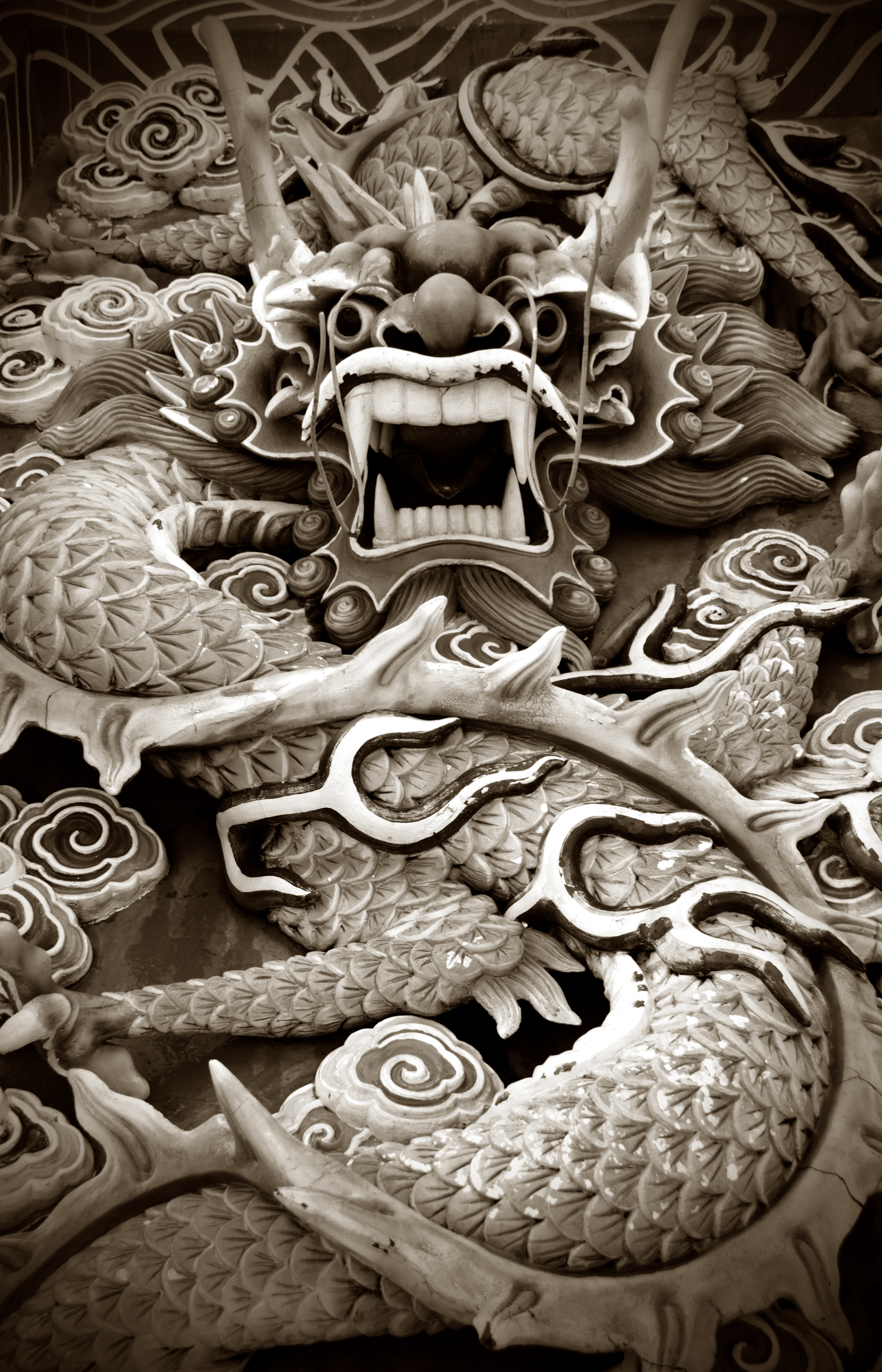
These last three conditioning formulas are the Triple Dragon ministerial formulas mentioned in the book Blending Botany and Budo, which are a step-by-step treatment plan that extends over a one+ year period to toughen the body’s striking surfaces. To reach optimum results, it is imperative that these formulas be used in the order indicated and for the time frame specified. The following Triple Dragon Ministerial Formulas are sold on this website, click the below link(s) for more information or to purchase.
Phase 1: Fang Sou Yi | Phase 2: Du Fang Sou | Phase 3: Fang Sou San
Write a review
Your Name:Your Review: Note: HTML is not translated!
Rating: Bad Good
Enter the code in the box below:

All Rights Reserved | © Sea of Chi 2025 | Web Design Company - DreamCo Design
The statements made have not been evaluated by FDA. Our products are not intended to diagnose, treat, cure or prevent any disease.



